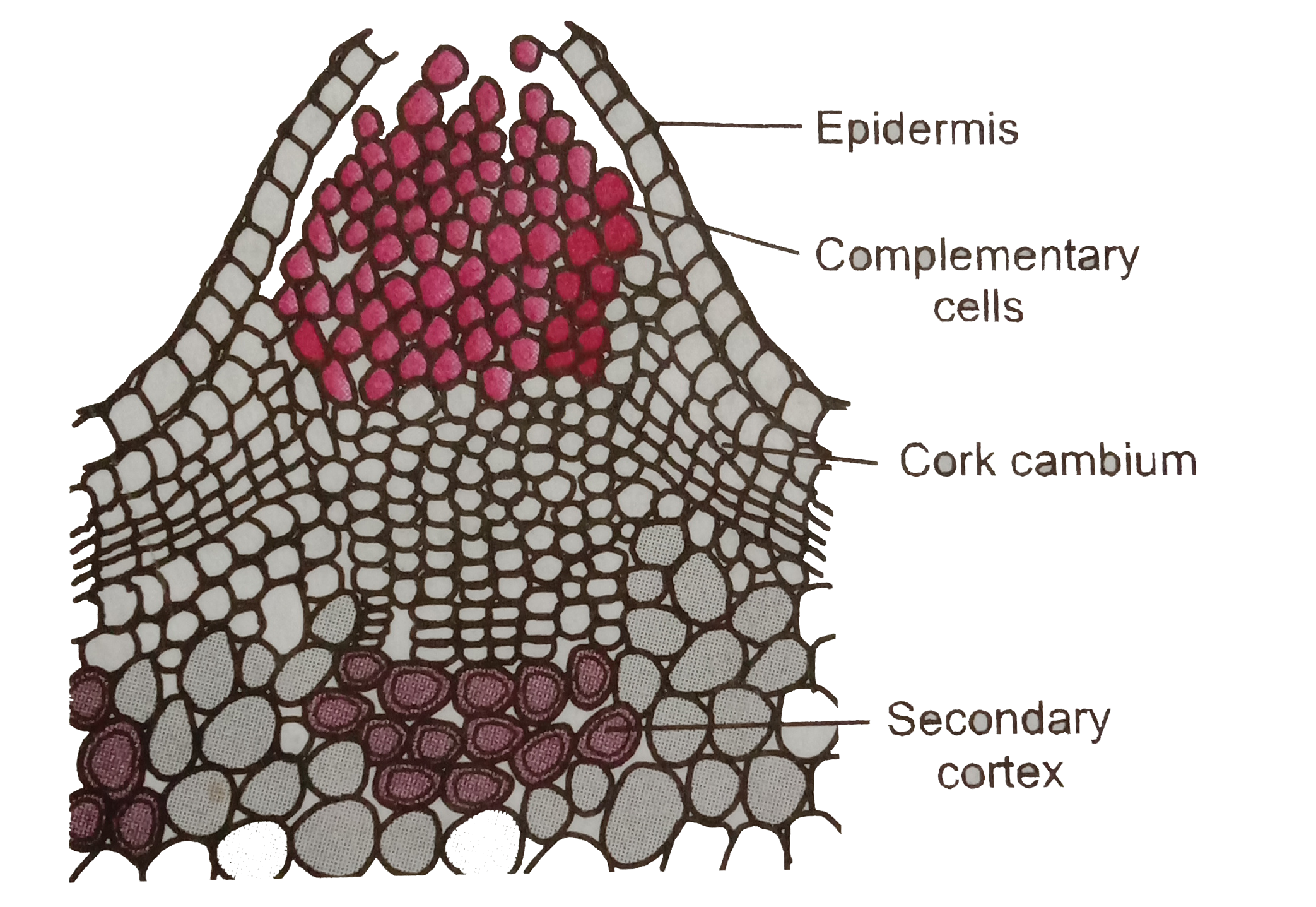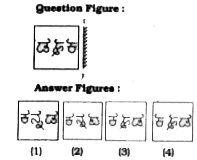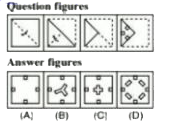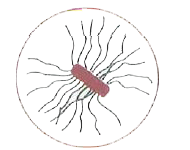In which of the given figures, budding is not shown?

A
I
B
II
C
III
D
IV
Text Solution
The correct Answer is:A
Budding is a asexual reproduction process that involves the formation of a bud that is an outgrowth in the parent body and later breaks down to form a new organisms. Due to repeated cell division the hydra forms an outgrowth in a particular site. This bud develops into a new individual and when it matures it detaches from the parent body and becomes a new independent individual. In the given image, the diagram I do not show any bud formation.
|
Topper's Solved these Questions
- HOW DO ORGANISMS REPRODUCE ?BOOK - OSWAL PUBLICATIONCHAPTER - HOW DO ORGANISMS REPRODUCE ?EXERCISE - ASSERTION AND REASONING BASED QUESTIONS
15 Videos
- HOW DO ORGANISMS REPRODUCE ?BOOK - OSWAL PUBLICATIONCHAPTER - HOW DO ORGANISMS REPRODUCE ?EXERCISE - CASE BASED QUESTIONS
23 Videos
- HOW DO ORGANISMS REPRODUCE ?BOOK - OSWAL PUBLICATIONCHAPTER - HOW DO ORGANISMS REPRODUCE ?EXERCISE - CREATING BASED QUESTIONS
6 Videos
- HEREDITY AND EVOLUTION BOOK - OSWAL PUBLICATIONCHAPTER - HEREDITY AND EVOLUTION EXERCISE - CREATING BASED QUESTIONS
11 Videos
- LIFE PROCESSESBOOK - OSWAL PUBLICATIONCHAPTER - LIFE PROCESSESEXERCISE - BOARD CORNER (LONG ANSWER TYPE QUESTIONS)
2 Videos
Similar Questions
Knowledge Check
the given figure shown. ltbr
 Astructure of lenticelBhydathode showing gaseous exchangeCan alga forming sporesDA fungus producing spores.
Astructure of lenticelBhydathode showing gaseous exchangeCan alga forming sporesDA fungus producing spores.Which of these organisms show budding?
AYeastBHydraCSpongillaDAll of these
The algae shown in the given figure belong to the classAChlorophyceaeBPhaeophyceaeCRhodophyceaeDCyanophyceae
Which of these organisms show budding?
View SolutionWhich of the answer figures is exactly the mirror image of the given figure when mirror is held as shown?

View SolutionA paper is folded and cut as shown in the given question figures. When opened which of the four answer figures will it resemble ?

View Solution
The algae shown in the given figure belong to the class
View SolutionWhich of the following types of flagella is shown in given figure?

View Solution
